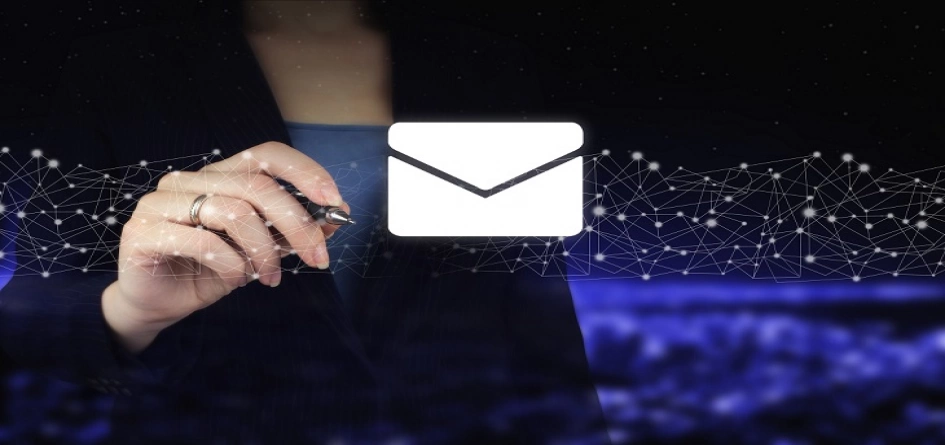Get email-ready with these tips we swear by
Emails form a crucial part of any given point in our professional career. In 2020 alone, 300.4 billion emails were sent and received a day.
The way you write an email reflects on your professionalism and most importantly, ensures everything is documented.
I personally love emails. Email writing is not everybody’s cup of tea, which is why it is an art. Based on personal experiences I share a few “tricks of the trade”.
Champions are brilliant at the basics - John Wooden, American basketball coach and player. With this thought in mind, let us start with the basic tips to draft a professional email.
1. Subject
Subject is the first thing that will attract your reader’s attention. Here are a few dos and don'ts.
While highlighting what the email is about to ensure high open rate, your subject should also be:
- Short
- Contain important keywords
- Brief and specific
- Have the purpose eg: MOM/Invoice/Proposal
- Contain words like regarding, company name
For eg:
- Regarding contract ending + way forward
- MOM : XYZ<>Your company name
- ABC: Design changes
- Interview schedule
- Feedback on session conducted
- [internal][external] [urgent] [imp] tags
2. Salutations
This sets the tone of your email. Do not be over-friendly.
- We generally go by first names only
- Avoid using “Dear” in professional emails
- Use “Sir” only if the person is really senior in regards to experience and age
- Format
For eg:
- Hi John,
- Hey Peter,
- Hello Emma,
- Hi Swami Sir,
- Hi Dan & team,
Hubspot Drag and Drop Email Editor - Email Marketing Tool
3. Greetings
They basically lay the foundation. Consider them the biscuit base to your email cake.
- These are email starters
- Keep these focussed on the day, time, special events
- Avoid emoticons and being over-friendly
- For eg:
- Hope you had a great start to the week (Mondays or Tuesdays)
- Happy Friday!
- Hope you are well/doing great
- Happy holidays!
- Trust you are well and safe [Covid times]
- Thank you for your time [MOM emails]
- Pleasure to e-meet you [if you are introduced/looped in an email]
4. Purpose
This is the soul of your email. It is the reason why you are writing the email.
- Introduce yourself if it’s the first interaction
- State your reason for writing as clearly and concisely as possible.
- Give reference/context if required.
- Start with acknowledging their thoughts
- Put the information in a sensible order. Use paragraphs/bullet points
For eg:
- This is Nilesh from
- This is in reference to…
- Based on our discussion [if it’s a response email]
- Thank you for pointing out your concerns.
- PFB my responses inline [for a query resolution]
5. Call to action (CTA)
This defines the action that needs to be taken and is the most important aspect of an email, especially if you want your reader to know what has to be done next.
- Keep a clear CTA
- Be clear about what response you expect from the recipient
For eg:
- Let me know a convenient day and time to discuss this
- Do let me know your thoughts on this
- Please share your approval on
6. Ending
This seals the email. At this point the recipient should be aware of why the email was written and what is expected of him/her.
- Always end on a positive note
- Have a common signature format across the organisation
- Signature should have relevant links, contact information
For eg:
- Hope you understand my perspective
- Regards
- Best
- Thank you
- Thanks & Regards
- Cheers [only if we are celebrating something in the email]
- HubSpot Email Signature Generator
Some additional tips to help you out
- Name the attachments appropriately
- Avoid unnecessary attachments
- If you are using links in the email, rename the links to relevant names.
- Avoid heavy attachments. Larger organisations have attachment size limitations
- Have quick response to emails
- Read your email before sending
- Add “+” if you are adding someone in the loop/ “-” if you are removing someone
- Use standard font size and style. Arial, Calibre, Times New Roman or go with default gmail fonts and styles
- “Reply all” only if required.
- Do not use capital letters
- Avoid abbreviations and emoticons
- Avoid long complex sentences
As many as 376.4 billion emails are expected to be sent and received by 2025. This statistics only shows that email etiquettes are an important aspect of your business. People are always running short of time. To hold their attention and let them know what you want them to know in the shortest time possible, you must learn the tricks.
Need assistance on how to create a marketing strategy or roadmap for your business? Talk to us today.

